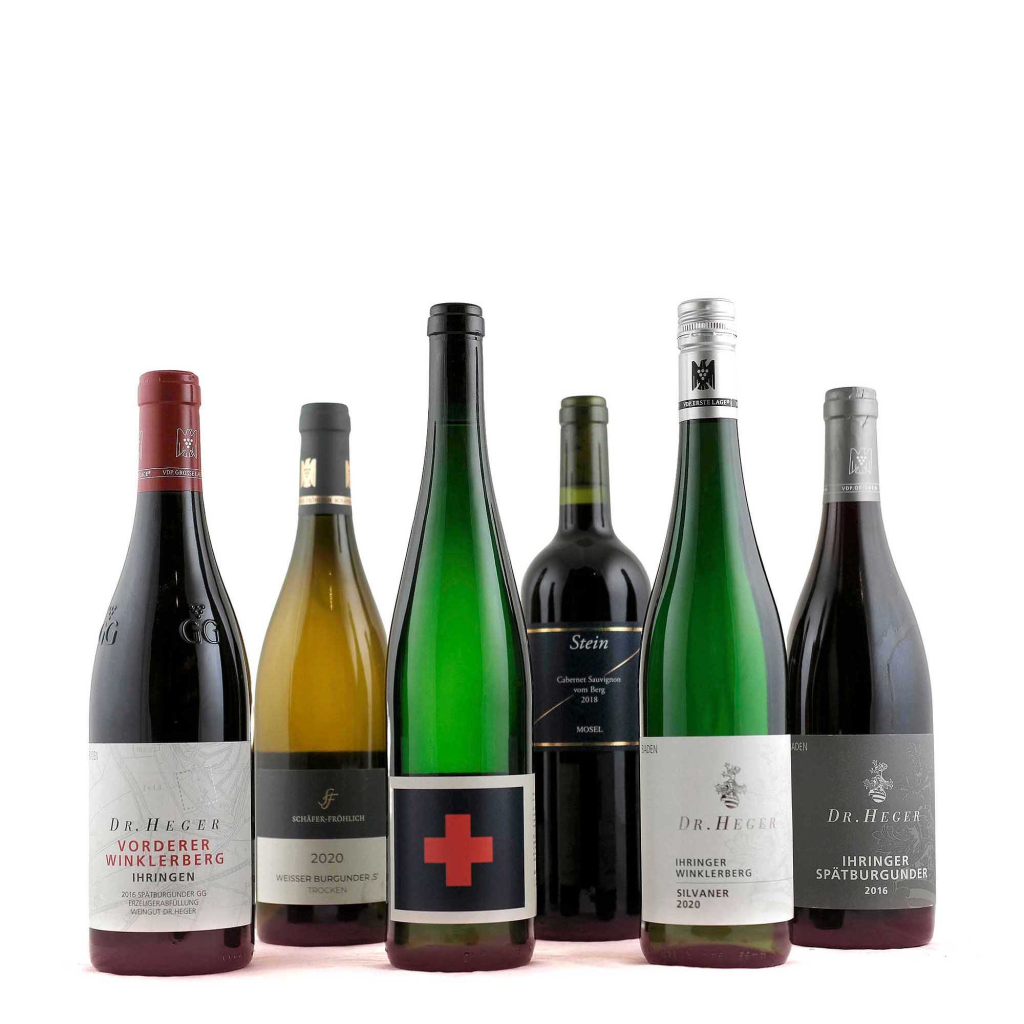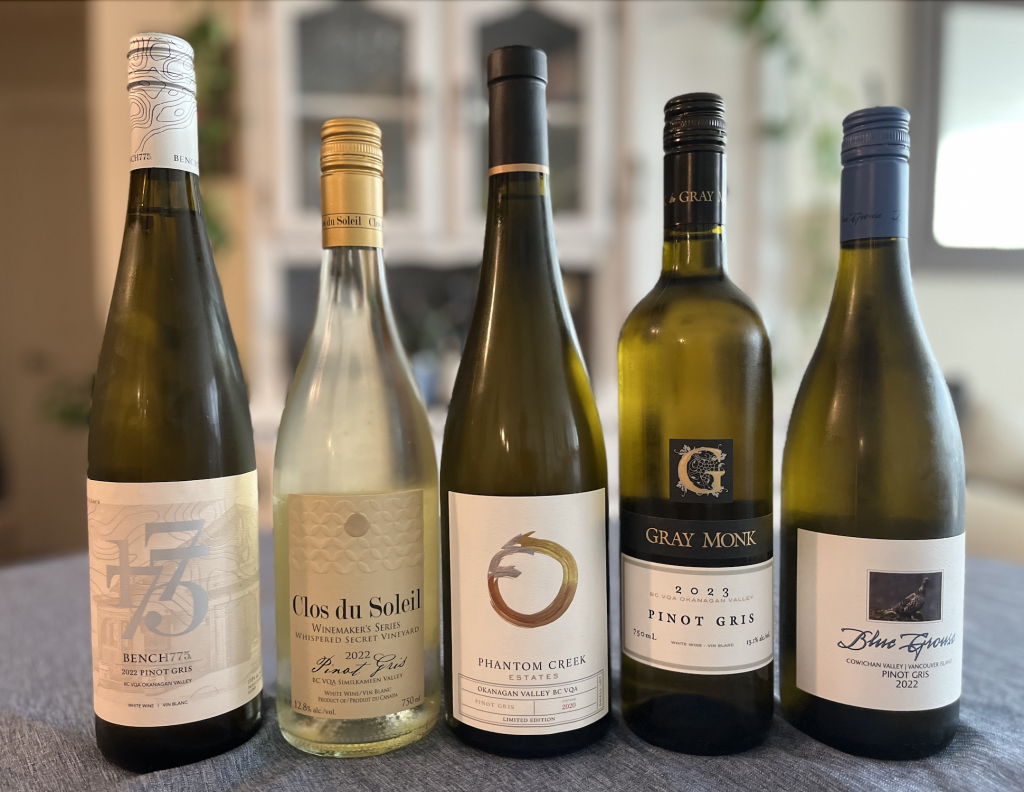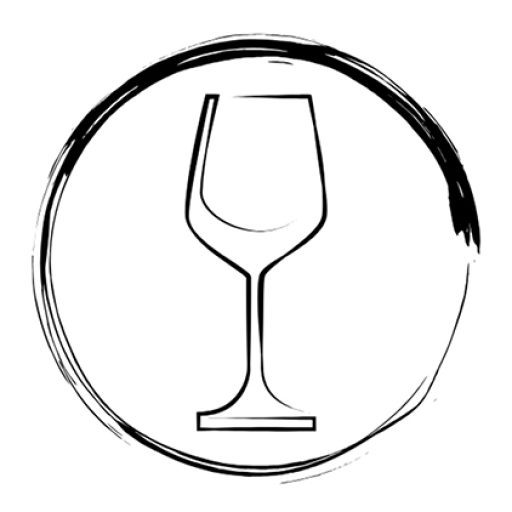Understanding Common Wine Grape Varietals
Viticulture common wine grape varietals, red wine grapes, viticulture principles, white wine varietals, wine flavor profiles, wine grape characteristicsThe world of wine begins with the grape. While winemaking techniques, terroir, and aging all significantly influence a wine’s character, the grape varietal establishes its fundamental identity and potential. With thousands of wine grape varieties cultivated worldwide, understanding the most common varietals provides an essential foundation for appreciating wine’s diverse expressions. This guide explores the characteristics, regional significance, and flavor profiles of the grape varieties you’re most likely to encounter, offering insights to enhance your wine tasting experience and help you discover new favorites based on your preferences.
The Foundation: Red Grape Varietals
Red wine grapes produce the rich, complex wines that form the backbone of many classic wine regions and traditions.
Cabernet Sauvignon: The Noble Grape
Often called the “king of red wine grapes,” Cabernet Sauvignon has conquered vineyards worldwide with its adaptability and distinctive character.
Origins and Growing Regions:
- Native to Bordeaux, France, particularly the Left Bank
- Thrives in Napa Valley, California
- Successfully grown in Australia, Chile, Washington State, and South Africa
- Requires warmer climates for full ripening
Characteristics and Flavor Profile:
- Full-bodied with firm tannin structure
- Black currant (cassis) forms the central flavor
- Secondary notes of black cherry, cedar, graphite, and bell pepper
- Ages exceptionally well, developing complexity over decades
- Often blended with Merlot and Cabernet Franc in Bordeaux-style wines
Food Pairing Affinities:
- Classic with red meats, particularly steaks and roasts
- Complements strong, aged cheeses
- Pairs well with dishes featuring herbs like rosemary and thyme
Cabernet Sauvignon’s structured character and aging potential make it the foundation of many of the world’s most collected and celebrated wines.
Merlot: Silky Elegance
While sometimes overshadowed by Cabernet Sauvignon, Merlot offers approachable elegance and versatility that has earned it a place among the world’s most planted varieties.
Origins and Growing Regions:
- Originated in Bordeaux, dominates the Right Bank (Saint-Émilion, Pomerol)
- Extensive plantings in Washington State, California, and Italy
- Grows in cooler sites than Cabernet Sauvignon
- Earlier ripening than many red varieties
Characteristics and Flavor Profile:
- Medium to full-bodied with softer tannins than Cabernet
- Plum and cherry fruit dominates
- Often shows chocolate, mocha, and herb notes
- Silky, round texture on the palate
- Ranges from simple, fruity styles to profound, age-worthy wines
Food Pairing Affinities:
- Versatile with many foods due to moderate tannins
- Excellent with roasted chicken, pork, and mushroom dishes
- Works well with tomato-based pastas and pizza
Merlot’s approachable nature makes it an excellent entry point for those new to red wine, while its finest expressions from regions like Pomerol rank among the world’s most sought-after wines.
Pinot Noir: The Heartbreak Grape
Notoriously difficult to grow but captivating in its complexity, Pinot Noir produces some of the most aromatic and nuanced red wines in the world.
Origins and Growing Regions:
- Indigenous to Burgundy, France
- Thrives in cooler climates: Oregon, New Zealand, Germany
- Notable plantings in California’s Russian River Valley and Sonoma Coast
- Requires specific conditions and careful viticulture
Characteristics and Flavor Profile:
- Light to medium-bodied with low to moderate tannins
- Translucent ruby color
- Red fruit flavors: cherry, strawberry, raspberry
- Complex secondary characteristics: forest floor, mushroom, spice
- Ages based more on aromatic development than tannin structure
- Highly reflective of its growing site (terroir-expressive)
Food Pairing Affinities:
- Versatile with many cuisines
- Traditional with salmon, duck, and mushroom dishes
- Excellent with Japanese cuisine, especially fatty fish
Pinot Noir’s ethereal nature and ability to express subtle differences in growing conditions make it a favorite among wine enthusiasts seeking complexity over power.
Syrah/Shiraz: Bold and Spicy
This chameleon-like grape produces dramatically different expressions depending on where it’s grown, ranging from peppery and structured to lush and fruit-forward.
Origins and Growing Regions:
- Ancient origins in the Rhône Valley of France
- Known as Shiraz in Australia, particularly Barossa Valley
- Successful in Washington State, California, and South America
- Grows in both moderate and warm climates with different results
Characteristics and Flavor Profile:
- Medium to full-bodied with substantial tannins
- Dark fruit: blackberry, blueberry, plum
- Distinctive spice notes: black pepper, clove, licorice
- Meaty, smoky characteristics in cooler regions
- Chocolate and rich fruit in warmer climates
- Ages well, developing savory tertiary flavors
Food Pairing Affinities:
- Perfect with grilled and smoked meats
- Complements game and strong cheeses
- Works well with spice-driven cuisines, particularly Middle Eastern
This versatile grape reaches its most prestigious expressions in France’s Northern Rhône (Hermitage, Côte-Rôtie) and Australia’s Barossa Valley, though remarkable examples come from many regions.
White Grape Varietals: Diverse Expressions
White wine grapes produce everything from crisp, refreshing aperitifs to complex, age-worthy expressions that rival reds in their sophistication.
Chardonnay: The Winemaker’s Grape

No white grape shows more versatility or responds more dramatically to winemaking decisions than Chardonnay, which produces styles ranging from steely and mineral to rich and buttery.
Origins and Growing Regions:
- Native to Burgundy, France (Chablis, Côte de Beaune)
- Cornerstone of Champagne production
- Widely planted in California, Australia, Chile, and South Africa
- Adapts to various climates, though best in moderate regions
Characteristics and Flavor Profile:
- Medium to full-bodied
- Core fruit profile of apple, pear, and citrus
- In warmer regions: tropical fruit notes emerge
- Highly influenced by winemaking:
- Unoaked: crisp, mineral, and fresh
- Oaked: vanilla, toast, butter, and spice
- Malolactic fermentation: creamy, buttery textures
Food Pairing Affinities:
- Unoaked styles with seafood, oysters, light salads
- Oaked versions with poultry, cream sauces, and soft cheeses
- Fuller expressions with lobster and rich fish preparations
Chardonnay’s chameleon-like nature means that understanding a producer’s style is essential for selecting bottles aligned with your preferences.
Sauvignon Blanc: Aromatic Intensity
Known for its instantly recognizable aromatic profile, Sauvignon Blanc offers vibrant freshness that has made it increasingly popular worldwide.
Origins and Growing Regions:
- Historical roots in Bordeaux and Loire Valley (Sancerre, Pouilly-Fumé)
- Revolutionized by New Zealand, particularly Marlborough
- Notable plantings in Chile, South Africa, and California
- Prefers moderate to cool climates
Characteristics and Flavor Profile:
- Light to medium-bodied with crisp acidity
- Herbaceous notes: grass, bell pepper, gooseberry
- Citrus spectrum from grapefruit to lime
- Tropical expressions in warmer sites: passion fruit, guava
- Mineral notes in limestone soils (Loire Valley)
- Typically unoaked to preserve freshness
Food Pairing Affinities:
- Classic with goat cheese
- Perfect companion to seafood, particularly shellfish
- Complements dishes with fresh herbs and citrus
- Cuts through richness in creamy sauces
Sauvignon Blanc’s distinctive profile makes it immediately recognizable to most wine drinkers, though significant stylistic differences exist between Old World mineral expressions and New World tropical iterations.
Riesling: The Acid Queen
Perhaps the most versatile white grape, Riesling produces everything from bone-dry to lusciously sweet wines that share remarkable aging potential and vibrant acidity.
Origins and Growing Regions:
- Native to Germany, particularly Mosel, Rheingau, and Pfalz
- Significant plantings in Alsace, France
- Success in Australia’s Clare and Eden Valleys
- Growing presence in New York’s Finger Lakes and Washington State
- Requires cool climates with long growing seasons
Characteristics and Flavor Profile:
- Light to medium-bodied with electric acidity
- Ranges from bone-dry to intensely sweet
- Primary fruit: green apple, peach, apricot
- Distinctive petrol/kerosene notes develop with age
- Pronounced mineral character reflects vineyard soils
- Remarkable longevity, with fine examples aging for decades
Food Pairing Affinities:
- Dry versions with freshwater fish and light poultry
- Off-dry styles balance spicy Asian cuisines perfectly
- Sweet expressions complement fruit desserts or serve as dessert themselves
- One of the few wines that pairs well with challenging foods like asparagus
Riesling’s combination of flavor intensity, structural precision, and aging potential makes it a favorite among wine professionals, despite sometimes being overlooked by casual consumers.

Pinot Grigio/Pinot Gris: Two Sides of One Grape
Though genetically identical, this grape produces remarkably different wines depending on where and how it’s grown, from light, crisp Italian Pinot Grigio to rich, spicy Alsatian Pinot Gris.
Origins and Growing Regions:
- Mutation of Pinot Noir, identified in Burgundy
- Italian Pinot Grigio style comes from northeastern regions
- Alsace, France produces the most powerful expressions as Pinot Gris
- Successful in Oregon and New Zealand with distinctive styles
- Adapts to various climates with different results
Characteristics and Flavor Profile:
- Light to medium-bodied
- Italian style: crisp, light, delicate citrus and apple notes
- Alsatian style: fuller-bodied with spice, honey, and stone fruit
- Oregon style: middle ground with pear and apple notes
- Ranges from bone dry to moderately sweet
Food Pairing Affinities:
- Lighter styles with simple seafood dishes and salads
- Fuller expressions with pork, poultry, and mushroom preparations
- Alsatian versions complement spiced cuisine and Asian flavors
Understanding regional naming differences helps predict the style in the bottle—Pinot Grigio typically indicates a lighter style, while Pinot Gris suggests a richer approach.
Beyond the Classics: Important Supporting Varietals
Beyond the most famous international varietals, several important grape varieties define major wine regions and offer distinctive characteristics worth exploring.
Cabernet Franc: Elegant Aromatics
Often overshadowed by its offspring Cabernet Sauvignon, this Loire Valley native contributes aromatic complexity to many blends while producing elegant varietal wines.
Key Characteristics:
- Medium-bodied with moderate tannins
- Distinctive herbaceous notes: bell pepper, tobacco, violets
- Red fruit profile with occasional spice
- Earlier ripening than Cabernet Sauvignon
- Essential component in Bordeaux Right Bank wines
- Standalone star in Loire Valley (Chinon, Bourgueil)
Sangiovese: Italy’s Heart
The soul of Tuscany and the primary grape in Chianti and Brunello di Montalcino, Sangiovese produces food-friendly wines with distinctive character.
Key Characteristics:
- Medium-bodied with firm tannins and high acidity
- Tart red cherry, strawberry, and tomato notes
- Secondary flavors of herbs, leather, and earth
- Challenging to grow but capable of greatness
- Primarily associated with central Italy, limited success elsewhere
- Ages beautifully, developing complexity
Tempranillo: Spain’s Noble Grape
The backbone of Spain’s most prestigious red wines, including Rioja and Ribera del Duero, Tempranillo combines fruit and savory elements in distinctive ways.
Key Characteristics:
- Medium to full-bodied with moderate tannins
- Red fruit core: cherry and strawberry
- Leather, tobacco, and dill notes (when aged in American oak)
- Early ripening despite late budbreak (name derives from “temprano” meaning early)
- Various regional names: Tinto Fino, Tinta de Toro, Cencibel
- Traditional aging classifications in Rioja: Crianza, Reserva, Gran Reserva
Grenache/Garnacha: Mediterranean Sunshine
This heat-loving grape forms the foundation of Southern Rhône blends, Spanish Garnacha, and many rosé wines worldwide.
Key Characteristics:
- Medium-bodied with moderate tannins and alcohol
- Strawberry, raspberry, and spice flavors
- Develops candied fruit and herbal notes with age
- Often blended with Syrah and Mourvèdre (GSM blends)
- Key component in Châteauneuf-du-Pape
- Makes excellent rosé wines

Nebbiolo: Northern Italian Nobility
The grape behind Italy’s most prestigious wines—Barolo and Barbaresco—Nebbiolo produces powerful, complex wines with distinctive aromas and formidable tannins.
Key Characteristics:
- Light in color but intensely flavored and tannic
- “Tar and roses” aromatic signature
- Cherry fruit with truffle, tobacco, and leather notes
- Extremely long-lived when well made
- Primarily successful in Piedmont, Italy
- Requires specific growing conditions and careful handling
Viognier: Aromatic Richness
Once nearly extinct, this aromatic white variety from the Northern Rhône has seen a renaissance in recent decades, producing distinctive wines with powerful floral character.
Key Characteristics:
- Full-bodied white with low to moderate acidity
- Intense floral aromatics: honeysuckle, jasmine
- Stone fruit flavors: apricot, peach
- Often aged in oak to balance richness
- Traditional in Condrieu, France
- Small amounts added to Syrah in Northern Rhône (Côte-Rôtie)
Understanding Viticulture Principles and Grape Characteristics
To understand wine grape varietals more deeply, it helps to recognize key viticultural factors that influence their growth and character.
Climate Adaptation
Different grape varieties have evolved to thrive in specific climate conditions:
- Cool Climate Specialists: Riesling, Pinot Noir, Chardonnay
- Moderate Climate Performers: Cabernet Franc, Merlot, Sauvignon Blanc
- Warm Climate Champions: Grenache, Zinfandel, Mourvèdre
Understanding a grape’s climate preferences helps explain regional success and flavor differences between growing areas.
Ripening Cycles
Grapes mature at different rates during the growing season:
- Early Ripening: Pinot Noir, Chardonnay, Sauvignon Blanc
- Mid-Season: Merlot, Tempranillo, Sangiovese
- Late Ripening: Cabernet Sauvignon, Syrah, Mourvèdre
In marginal climates, later-ripening varieties may struggle to achieve full maturity, while earlier-ripening varieties might lose essential acidity in very hot regions.
Disease Resistance
Grape varieties vary significantly in their natural resistance to common vineyard diseases:
- Powdery Mildew Resistance: Some Muscadine varieties, hybrids
- Downy Mildew Tolerance: Certain American species, modern hybrids
- Susceptible Varieties: Cabernet Sauvignon, Chardonnay
This resistance influences growing practices and determines sustainable farming possibilities in different climates.
Recommended Resources
For wine enthusiasts seeking to deepen their understanding of grape varieties:
- Reference guides dedicated to exploring varietal characteristics in detail
- Interactive tasting experiences focusing on varietal comparison
- Wine education courses offering structured tastings of key varieties
- Producer websites explaining regional expressions of specific grapes
- Wine apps with varietal profiles and region-specific information
Conclusion
Understanding wine grape varietals provides the essential foundation for appreciating the vast diversity of wines available today. While each grape brings its own inherent characteristics and flavor potential, the interaction of varietal, region, vintage, and winemaking philosophy creates the fascinating complexity that makes wine exploration so rewarding.
The most enlightening approach to developing varietal knowledge comes through thoughtful tasting—comparing how the same grape expresses itself in different regions, at different price points, and through different winemaking approaches. This comparative tasting builds a mental library of experiences that enhances appreciation far more effectively than memorizing flavor descriptors.
Whether you’re drawn to the power of Cabernet Sauvignon, the elegance of Pinot Noir, the versatility of Chardonnay, or the aromatic intensity of Riesling, understanding a grape’s fundamental character helps predict the experience awaiting in the bottle. This knowledge transforms wine selection from guesswork into an informed decision aligned with your preferences and the occasion.
As you continue exploring wine’s diversity, remember that while grape varieties provide a map for navigation, the destination always offers delightful surprises that transcend simple varietal expectations.
Frequently Asked Questions
What causes the significant differences we see in wines made from the same grape variety?
Three primary factors create these variations. First, terroir (the combination of soil, climate, elevation, and exposure) significantly impacts how a grape develops. For example, Chardonnay grown in cool Chablis produces mineral, citrus-driven wines, while the same grape in warmer Napa Valley develops tropical fruit characteristics. Second, winemaking decisions—including fermentation temperature, oak aging, malolactic fermentation, and aging potential—dramatically transform a grape’s expression. Finally, ripeness levels at harvest fundamentally change a wine’s flavor profile, with later harvests producing riper fruit flavors and higher alcohol content.
How can I use grape variety knowledge to discover new wines I might enjoy?
Start by identifying what you enjoy about your favorite wines—whether it’s the body, acidity, fruitiness, or complexity—then look for other varieties with similar characteristics. For instance, if you enjoy Cabernet Sauvignon’s structure but want something different, try Mourvèdre or Tannat. If Sauvignon Blanc’s crisp acidity appeals to you, explore Albariño or Grüner Veltliner. Wine shop staff, varietal comparison charts, and wine apps can help identify these “bridge varieties” that share characteristics with your favorites while offering new experiences.
Are modern hybrid grape varieties comparable in quality to traditional European varieties?
Modern hybrids—crosses between European wine grapes (Vitis vinifera) and native American or Asian species—have made tremendous quality strides in recent decades. While historically viewed as inferior, many contemporary hybrids like Marquette, Chambourcin, and Traminette produce excellent wines with distinctive characteristics. Their primary advantages include superior disease resistance and cold hardiness, allowing quality wine production in challenging regions like the northern United States and Canada. The best hybrids are now winning blind tastings against traditional varieties, particularly in cool-climate regions where vinifera struggles to ripen consistently.

